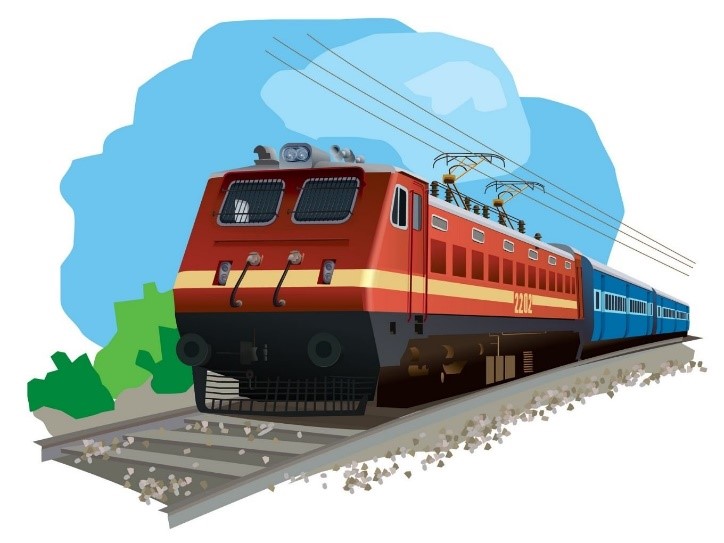Description

Disclaimer: Copyright infringement not intended.
Context
- The Supreme Court recognized the proactive measures taken by the Indian Railways to enhance safety and prevent train accidents.
- One of the key initiatives highlighted was the implementation of the indigenous anti-collision system known as Kavach.
Kavach
- This system, developed in 2002 by the Research Designs and Standards Organisation (RDSO) in collaboration with three Indian vendors, aims to prevent collisions between trains and enhance overall safety on the railway network.
Kavach Development and Certification
- Indigenously developed by Indian Railways through Research Designs & Standards Organisation (RDSO).
- Initial development started in 2012 under the name Train Collision Avoidance System (TCAS), completed in 2022.
- Certified for compliance with safety integrity level 4 (SIL-4) operations.
Cost-Effective Solution
- Promoted as the cheapest ATP system in the world, costing roughly 50 lakh rupees per kilometre to operate compared to about two crore rupees worldwide.

Deployment and Implementation
- Union budget of India for FY 2022-23 allocated funds for rapid implementation across 2,000 km of track.
- Sanctioned implementation along 34,000 km track of the Golden Quadrilateral rail route by 2027-2028.
Operational Characteristics
- Alerts the driver and applies brakes in case of a signal passed at danger (SPAD) or potential collision.
- Continuously monitors train movement and transmits signals ahead to locomotives, independent of visual obstructions or adverse weather conditions.
- Drivers must still obey all trackside signals.
Technical Details
- Consists of trackside RFID tags, onboard locomotive equipment, and radio infrastructure.
- Uses multiple forms of data input (odometer, time data via GPS) to determine criteria such as location and direction.
- Communicates with relevant signalling control stations and interlocking systems.
Future Plans and Integration
- Work underway to integrate with traffic management systems, electronic interlockings, and new radio communication technologies.
- Modifications could be made to support automatic train operation (ATO) in addition to ATP function.
|
PRACTICE QUESTION
Q. Outline the strategies adopted by Indian Railways to prevent train accidents. Evaluate the effectiveness of these strategies and suggest additional measures that can be implemented to further reduce the occurrence of train accidents in India.
|
SOURCE: THE HINDU














